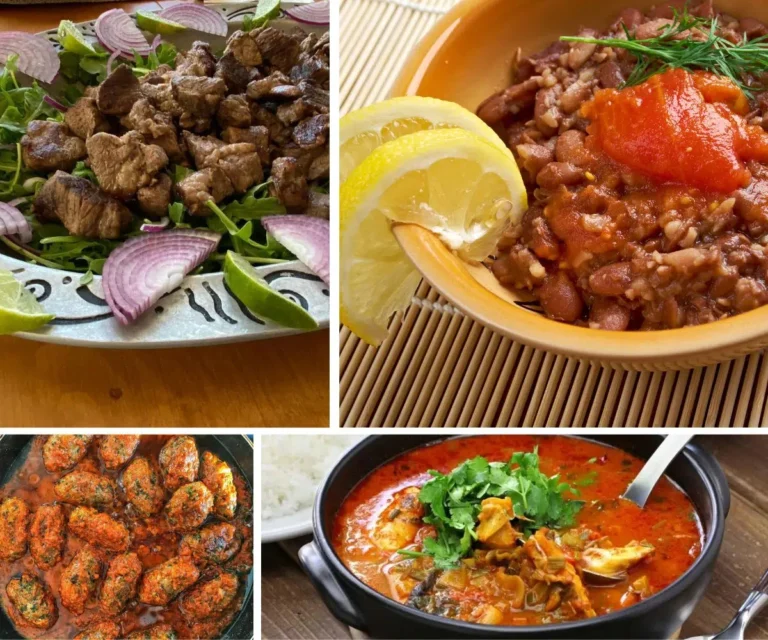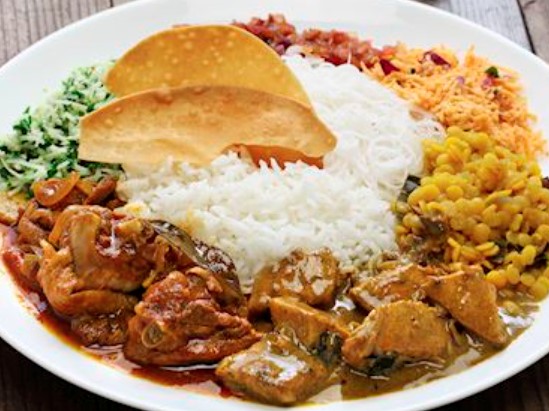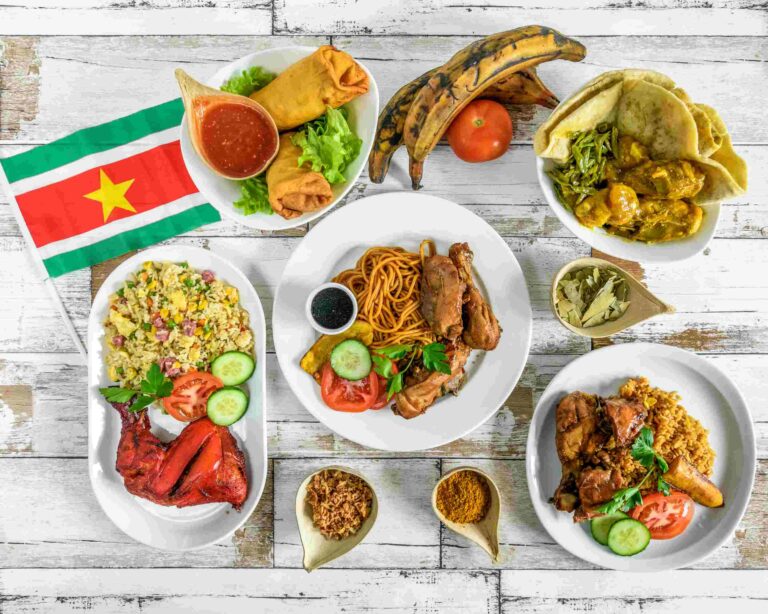Introduction: Sierra Leonean cuisine
Sierra Leonean cuisine is a reflection of the country’s diverse cultural heritage. The cuisine is influenced by the traditions of the Temne, Mende, Limba, Kono, and other ethnic groups. The country’s location on the coast of West Africa also plays a significant role in the types of ingredients and dishes that are popular in Sierra Leonean cuisine.
Influences on Sierra Leonean cuisine
Sierra Leonean cuisine is heavily influenced by the traditions and culinary practices of other West African countries such as Ghana, Nigeria, and Senegal. The cuisine also shows traces of European, Asian, and Middle Eastern influences, which were introduced during the colonial era. Portuguese, British, and Lebanese influences are particularly evident in Sierra Leonean cuisine. Additionally, the availability of certain ingredients has also influenced the development of Sierra Leonean cuisine. The abundance of seafood and tropical fruits in the country’s coastal areas has led to the creation of many seafood-based dishes and fruity desserts.
Unique flavors and ingredients
One of the most unique aspects of Sierra Leonean cuisine is the use of a wide variety of spices and herbs. Many Sierra Leonean dishes are seasoned with ginger, garlic, cloves, coriander, and other aromatic spices. The cuisine also makes use of fresh herbs such as thyme, parsley, and basil. Some of the unique ingredients used in Sierra Leonean cuisine include cassava leaves, which are used to make stews, and okra, which is a popular vegetable in many West African countries.
Popular Sierra Leonean dishes
Some of the most popular dishes in Sierra Leonean cuisine include jollof rice, cassava leaf stew, and groundnut soup. Jollof rice is a rice dish cooked in a tomato-based sauce with spices and vegetables. Cassava leaf stew is made with cassava leaves, palm oil, and meat, seafood, or vegetables. Groundnut soup is a peanut-based soup that is often served with rice or fufu, a starchy side dish made from cassava or yams.
Comparing Sierra Leonean cuisine to neighboring countries
Although Sierra Leonean cuisine shares many similarities with other West African cuisines, it has its distinct characteristics. Compared to Nigerian cuisine, Sierra Leonean cuisine uses fewer spices, and the dishes tend to be lighter and less spicy. Ghanaian cuisine, on the other hand, is known for its use of peanuts and palm oil, which are also common ingredients in Sierra Leonean cuisine. Senegalese cuisine is known for its flavorful stews and rice dishes, which are also popular in Sierra Leonean cuisine.
Conclusion: Appreciating Sierra Leonean cuisine
Sierra Leonean cuisine is a reflection of the country’s rich cultural heritage and diverse influences. The cuisine’s unique flavors and ingredients make it a must-try for food lovers. Through its combination of West African traditions and international influences, Sierra Leonean cuisine has developed a unique identity that is well worth exploring.










